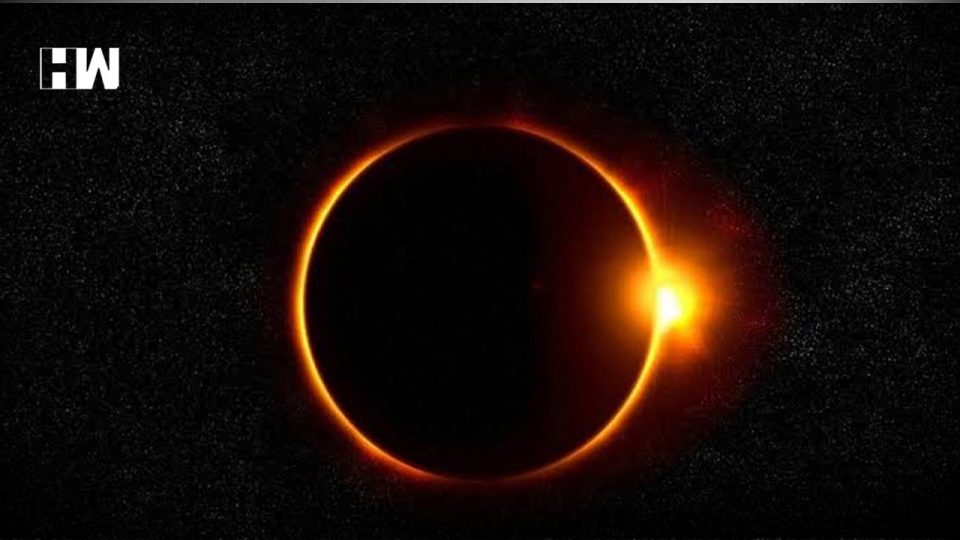According to experts, the best way to observe the solar eclipse is a pinhole camera or a telescopic projection used on an appropriate surface
New Delhi: The annular solar eclipse, the last one for the era, began at around 8 am on Thursday morning and to last till about 11.15 am. Sometimes referred to as the “ring of fire”- the solar eclipse or “Surya Grahan” was initially visible as a partial eclipse and was observed first from Riyadh Saudi Arabia.
In India, the rare celestial spectacle was first viewed from Chervathur in Kerala. People from Karnataka and Tamil Nadu were also able to see the annular solar eclipse, while the rest of India could see a partial solar eclipse.
The annular solar eclipse was visible from 9:04 am (IST). The maximum eclipse was visible at around 10.47 am and the full eclipse will be seen at the last location at the Pacific Ocean’s Guam at 12:30 pm (IST). In India, the maximum duration of the annular solar eclipse will be just over 3 minutes.
There are three types of a solar eclipse – total, partial and annular.
A solar eclipse occurs when the Moon passes between Earth and the Sun, totally or partly obscuring the Sun for an observer on Earth. An annular solar eclipse takes place when the moon’s clear diameter is smaller than that of the Sun’s, to stop most of the Sun’s light. This causes the Sun to look like a ‘ring of fire’.
Mostly every year has two solar eclipses and in rare cases, there can be up to seven eclipses in a year.
Partial phases of the solar eclipse were visible from many parts of India in varying magnitude, depending on its geographical position.
 For the duration of the eclipse, many temples across India like Kerala’s Sabarimala temple, Tirumala Tirupati Balaji temple in Andhra Pradesh and Meenakshi temple in Madurai was shut and will reopen after purification rituals, going by tradition.
For the duration of the eclipse, many temples across India like Kerala’s Sabarimala temple, Tirumala Tirupati Balaji temple in Andhra Pradesh and Meenakshi temple in Madurai was shut and will reopen after purification rituals, going by tradition.
Several cultures and religions believe that during an eclipse, the sun emits radiations that are negative and temples are kept shut so as to prevent these radiations from affecting the deity.
Skywatchers are advised to use safe observing equipment and proper techniques to view the celestial event as the infrared and ultraviolet rays of the Sun can cause various retinal damage, a senior astronomer said.
“One should not look at the Sun directly for even a little period without proper protection. Even when 99 percent of the surface of the Sun is covered by the moon during the partial eclipse, the remaining light is still intense enough to damage the eye,” said Debiprosad Duari, the director of MP Birla Planetarium.
“Proper solar filters with certified suitable optical density against radiation which are safe to the eyes should be used in front optical devices and the naked eye,” he added.
According to experts, the best way to observe the solar eclipse is a pinhole camera or a telescopic projection used on an appropriate surface.
Apart from India, the eclipse was visible in Saudi Arabia, Qatar, United Arab Emirates, Oman, Sri Lanka, Malaysia, Indonesia, Singapore, Northern Mariana Islands, and Guam.
As an independent media platform, we do not take advertisements from governments and corporate houses. It is you, our readers, who have supported us on our journey to do honest and unbiased journalism. Please contribute, so that we can continue to do the same in future.

